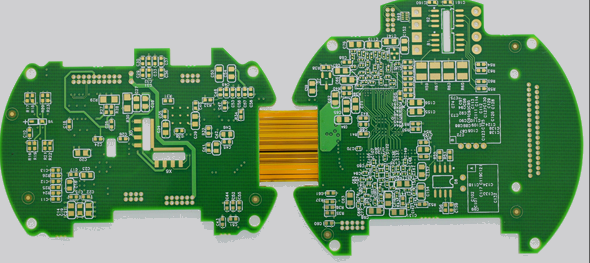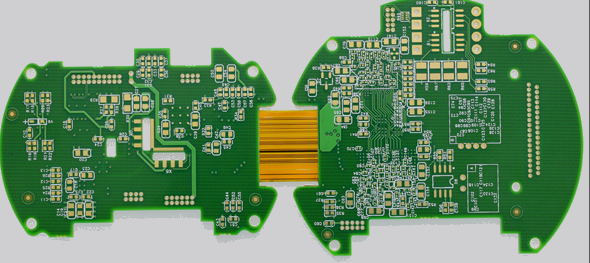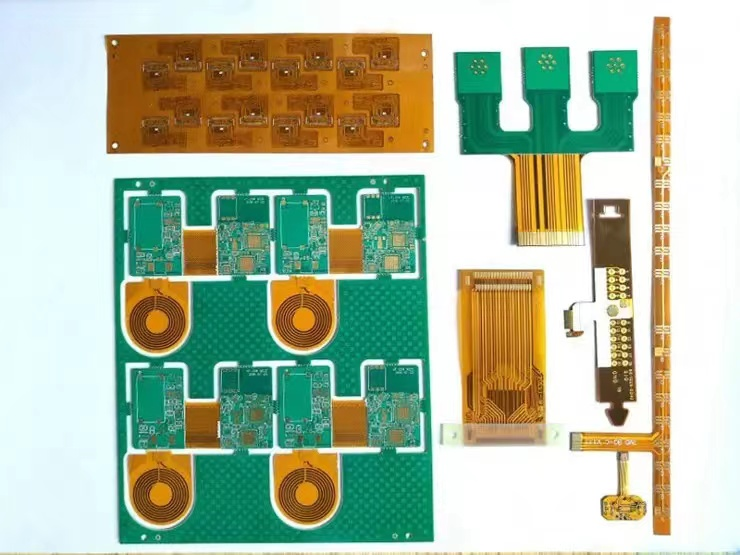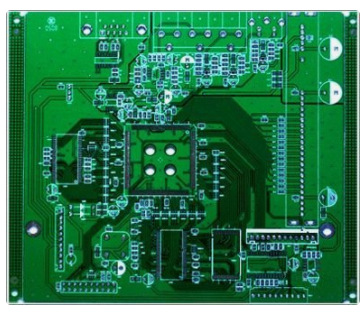
Flexible Printed Circuit (FPC) can be bent, wound and folded freely. FPC is processed with polyimide film as the base material, which is also called flexible board or FPC in the industry The process flow of FPC is divided into double-sided FPC process flow and multi-layer FPC process flow according to different layers. FPC soft board can withstand millions of times of dynamic bending without damaging the wire, can be arranged arbitrarily according to the space layout requirements, and can move and expand freely in three-dimensional space, so as to achieve the integration of component assembly and wire connection; Flexible circuit board can greatly reduce the volume and weight of electronic products, which is suitable for the development of electronic products in the direction of high-density, miniaturization and high reliability.

Material performance and selection method
1、 Base material: Polyimide is a high temperature resistant and high-strength polymer material. It can withstand the temperature of 400 ℃ for 10 seconds, and the tensile strength is 15000-30000PSI. twenty-five μ The m-thick substrate is the cheapest and most widely used. If the circuit board needs to be hard, 50 should be selected μ M substrate. On the contrary, if the circuit board needs to be soft, choose 13 μ M substrate.
2、 Transparent adhesive of base material: it is divided into epoxy resin and polyethylene, both of which are thermosetting adhesive. The strength of polyethylene is relatively low. If you want the circuit board to be soft, choose polyethylene. The thicker the substrate and the transparent adhesive on it, the harder the circuit board is. If the circuit board has large bending area, try to select thinner substrate and transparent adhesive to reduce the stress on the copper foil surface, so that the copper foil has less chance of microcracks. Of course, for such areas, single-layer boards should be selected as far as possible.
3、 Copper foil: It is divided into calendered copper and electrolytic copper. Calendered copper has high strength and bending resistance, but its price is expensive. Electrolytic copper is much cheaper, but its strength is poor and it is easy to break. It is generally used in occasions with few bends. The thickness of copper foil shall be selected according to the minimum width and minimum spacing of lead wires. The thinner the copper foil, the smaller the minimum width and spacing that can be achieved. When selecting calendered copper, pay attention to the calendering direction of copper foil. The rolling direction of copper foil shall be consistent with the main bending direction of circuit board.
4、 Protective film and transparent adhesive: 25 μ The protective film of m will make the circuit board harder, but the price is cheaper. For circuit boards with large bending, it is better to select 13 μ M protective film. Transparent adhesive is also divided into epoxy resin and polyethylene. The pcb circuit boardusing epoxy resin is relatively hard. After hot pressing, some transparent adhesive will be extruded from the edge of the protective film. If the size of the pad is larger than the opening size of the protective film, the extruded adhesive will reduce the size of the pad and cause its edge to be irregular. At this time, try to choose 13 μ M thick transparent adhesive.







